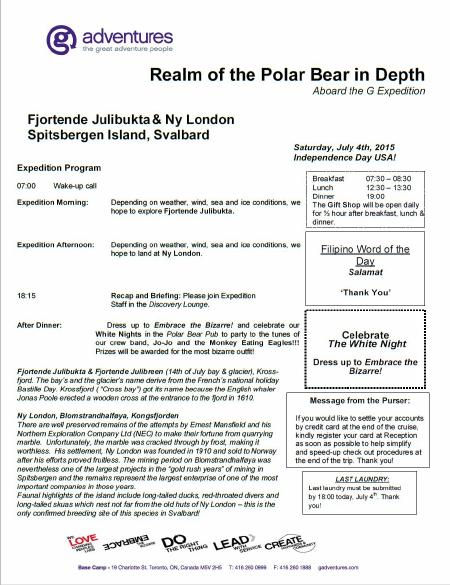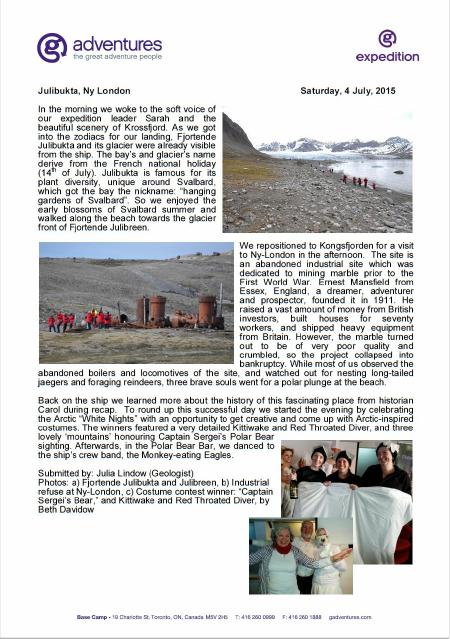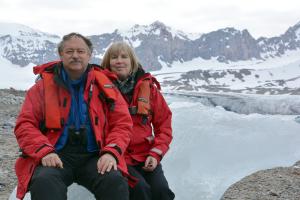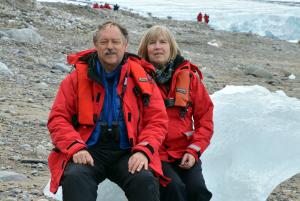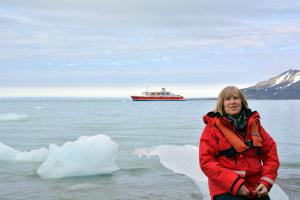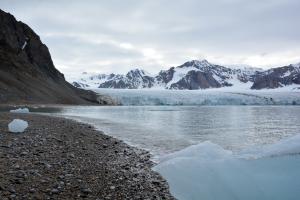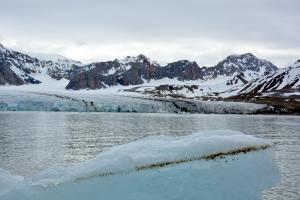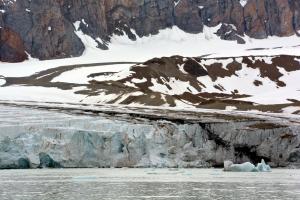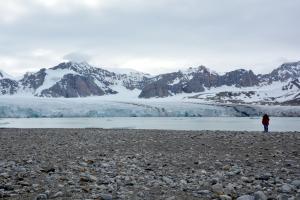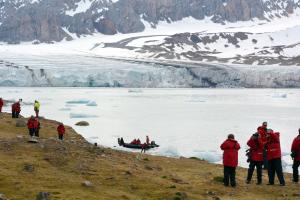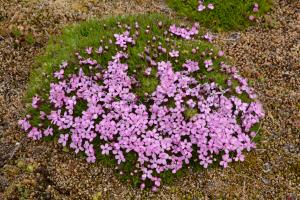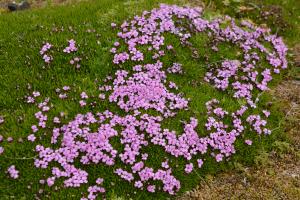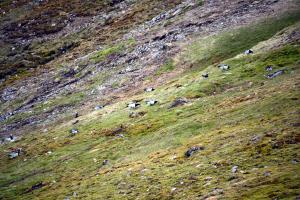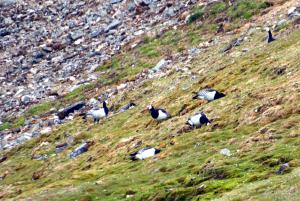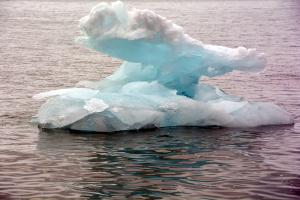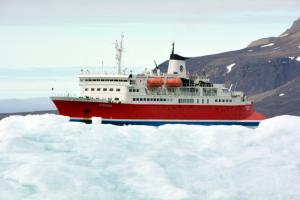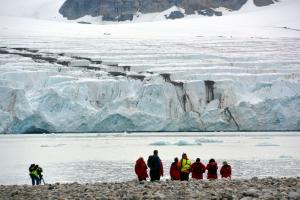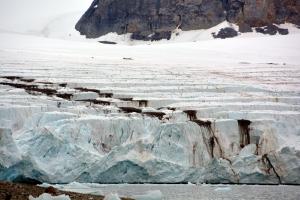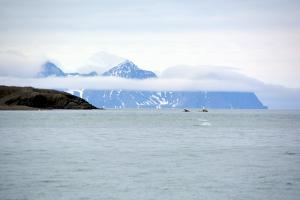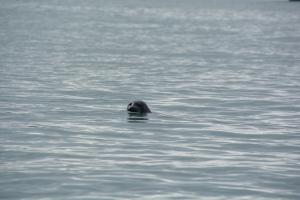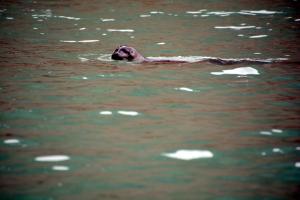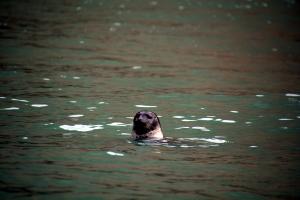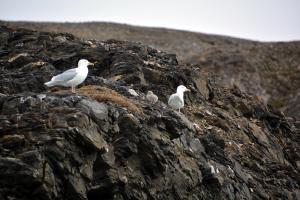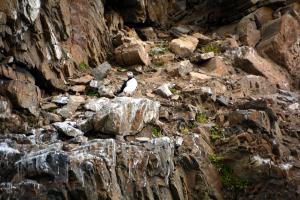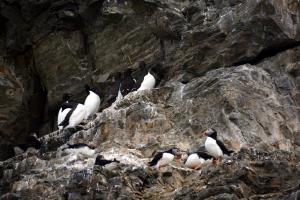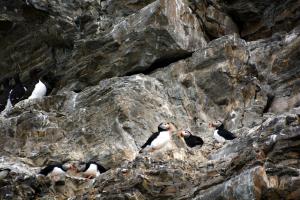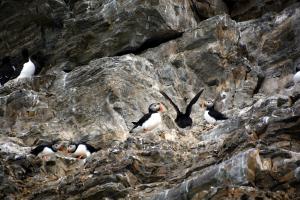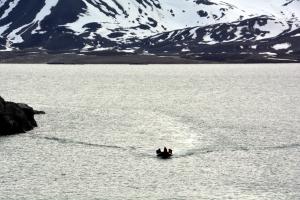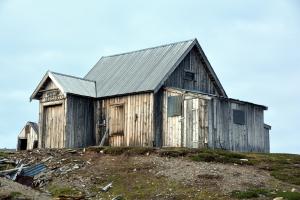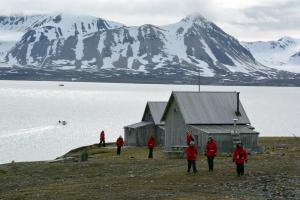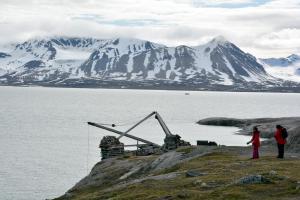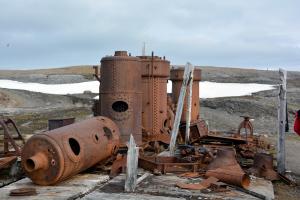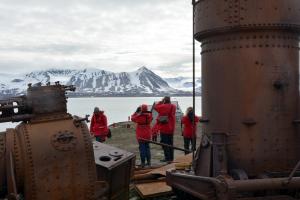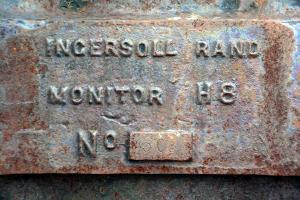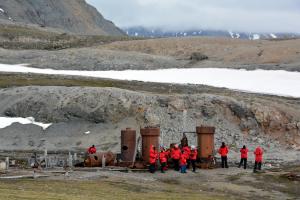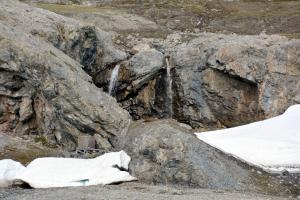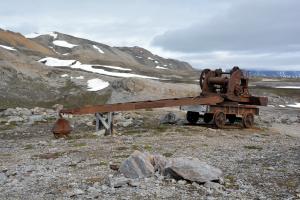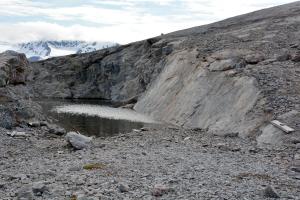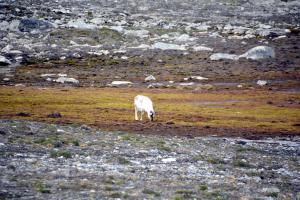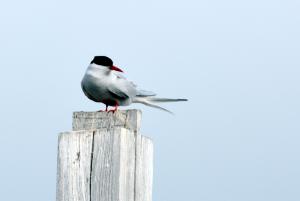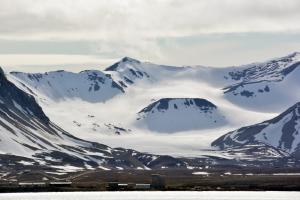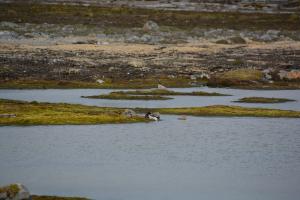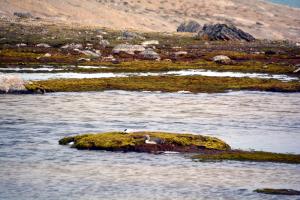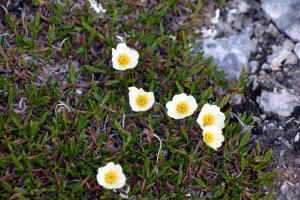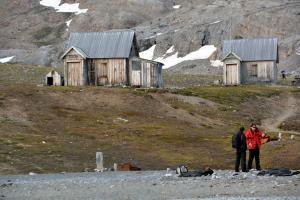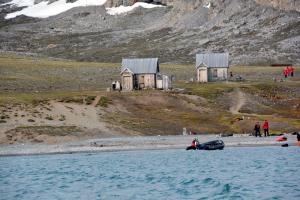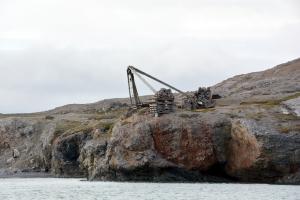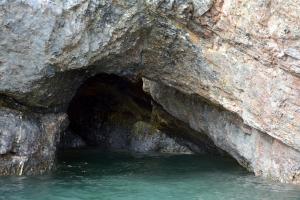Polar Bear Hunt 2015 - Day 14Expedition Day 9: Fjortende Julibukta and Ny London
Today we had two sites to visit, Julibukta or the "Hanging gardens of Svalbard" due to the diversity of plant life, and Ny London one of the few archeological sites from early mining. JulibuktaAfter another solid breakfast (its amazing how hungry you can get in the cold...) we boarded the Zodiacs for the short trip to the beach at Julibukta. The coast here is close to a large glacier, and many large bergs had grounded on the shoreline. We spent time looking at the ice, the rocks and the vegetation, which was more extensive than we had seen elsewhere. On our way back to the' ship, we were checked over by a seal and then we passed close to cliffs where guilemots, seagulls and puffins were nesting. Video of JulibuktaA video of the view from Julibukta. Ny LondonThis area has an interesting history. Across the fjord from our ship is a large international research station at Ny Ålesund. Nearby is the remains of a tall mast that was the tethering point for the airship "Norge" used by the Amundsen-Ellsworth expedition in 1926 to be the first to reach the North Pole. Ny LOndon itself is the remains of a mining camp. Most mines in the region were extracting coal, but this one was quarrying a pale green-grey marble. Despite the investment in the mine, it was not profitable and ssson closed. Today two houses, the steam engine and roads and tracks are all that remains.
Back to previous day
Last updated: 9/12/2015 |
